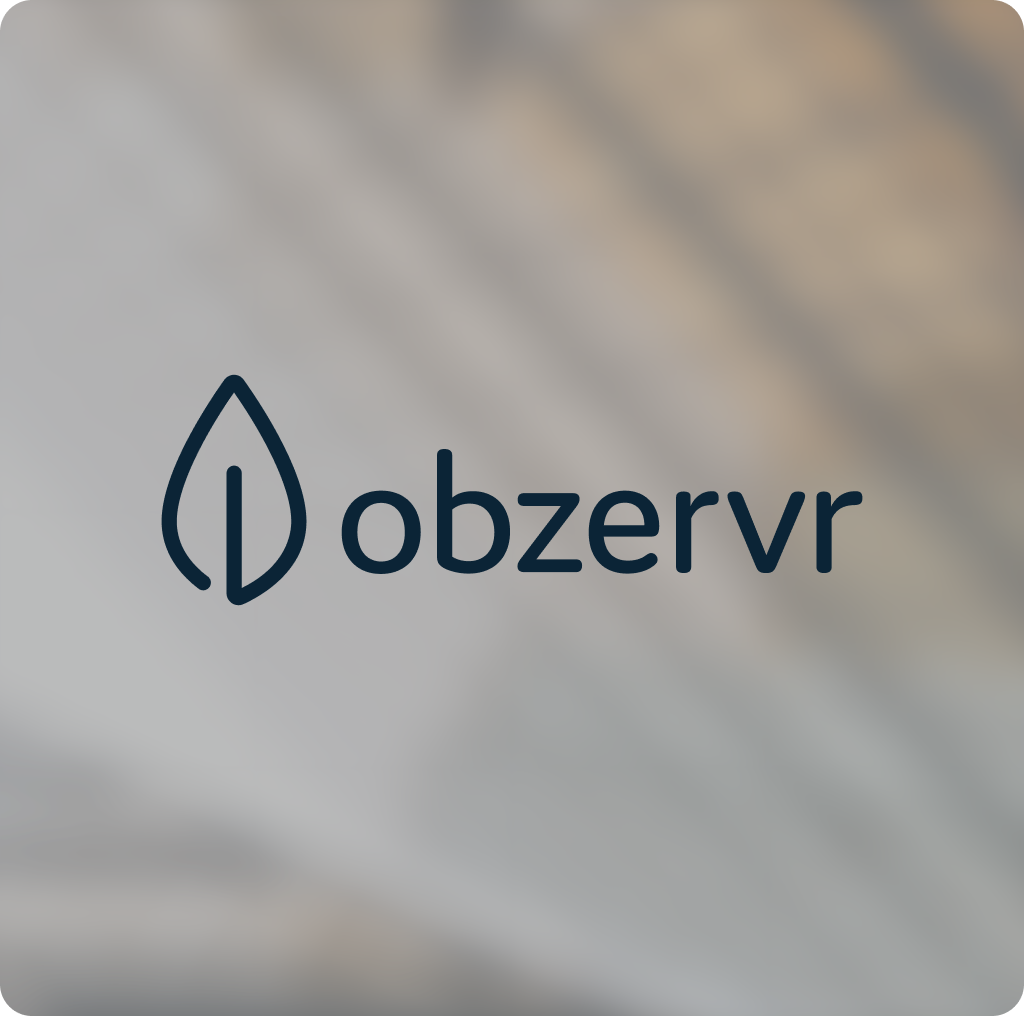Every team has its pain points — the endless status updates, the approvals waiting in inboxes, the manual tasks that somehow always slip through the cracks. It’s not that people don’t care. It’s that managing business processes manually simply doesn’t scale.
That’s where workflow automation changes the story.
By creating structured, automated workflows that replace repetitive manual tasks with smart, rule-based systems, businesses can achieve improved efficiency, better collaboration, and measurable growth.
But what exactly is workflow automation, and how can it reshape your day-to-day operations? Let’s explore.
What Is Workflow Automation?
Workflow automation is the process of using technology to streamline and automate repetitive steps within a business process. Instead of relying on human intervention for manual tasks like data entry, approval processes, or assigning tasks, workflow automation software executes these actions automatically, based on predefined rules or triggers.
At its core, an automated workflow is a series of connected steps that execute automatically to achieve a specific goal — like processing an invoice, updating a ticket status, or routing a service request to the right department.
In other words, workflow automation replaces manual processes with automated systems that ensure consistency, speed, and transparency across your organization.
What Are the 4 Stages of Automation?
While every automation journey is unique, most businesses go through four key stages when implementing workflow automation:
- Identification – Pinpoint repetitive tasks and manual processes that can be automated. This could include data transfers between tools, routine approvals, or project handoffs.
- Design – Map out your workflow process and define automation rules. Think about what triggers each step and how data flows between systems.
- Implementation – Deploy your workflow automation software and configure the automated processes. This stage often includes connecting multiple tools, setting conditions, and testing scenarios.
- Optimization – Monitor performance, track key performance indicators (KPIs), and refine workflows to maximize efficiency and accuracy.
These stages help teams move from manual workflows to a fully automated system that supports scalable growth.
Why Businesses Turn to Workflow Automation
For many organizations, manual workflows are not just inefficient — they’re risky. They depend heavily on human input, which introduces the potential for human error, delays, and data inconsistencies.
With workflow automation, businesses can eliminate bottlenecks, streamline processes, and ensure that information moves seamlessly between departments. The result? Faster cycle times, improved customer satisfaction, and more efficient business processes overall.
Here are some of the most common reasons companies decide to automate workflows:
- To reduce manual intervention in everyday operations.
- To eliminate repetitive tasks and boost team productivity.
- To ensure compliance and consistency in business processes.
- To improve visibility and accountability across business operations.

Common Examples of Workflow Automation
Automation touches nearly every part of a modern organization. Here are some practical examples across departments:
1. Human Resources
Automated workflows handle everything from filing expense reports to onboarding new hires. By removing repetitive manual tasks, HR teams can focus on people — not paperwork.
2. Sales and Marketing
From managing paid campaigns to tracking leads in the sales pipeline, automation ensures no opportunity slips through the cracks. Marketing teams use workflow automation to schedule emails, assign leads, and trigger automated notifications when prospects engage.
3. IT and Service Management
Automating service requests, incident triage, and ticket escalation saves time for IT teams. Workflow management tools can connect systems like Jira and ServiceNow, ensuring a seamless integration between support and operations.
4. Finance
Automation in finance helps reduce manual data entry errors in invoicing, approval processes, and payroll. Automated workflows ensure compliance and accelerate reporting cycles.
5. Project Management
Workflow software helps project managers delegate tasks, track progress, and maintain real-time visibility. It keeps team members aligned, even in distributed teams or hybrid work environments.
The Benefits of Workflow Automation
The benefits of workflow automation extend beyond saving time. It fundamentally changes how teams collaborate and make decisions.
1. Fewer Errors, Higher Accuracy
By replacing manual processes with automated workflows, companies drastically reduce human errors and ensure data integrity.
2. Greater Productivity
Teams no longer waste time on repetitive tasks like updating spreadsheets or transferring data between tools. Automation frees them to focus on strategic initiatives.
3. Transparency and Accountability
Every action in an automated workflow is tracked and time-stamped, helping leaders measure key performance indicators and identify areas for improvement.
4. Improved Employee Experience
Removing manual workflows allows employees to concentrate on creative and analytical tasks. This leads to higher engagement and better performance outcomes.
5. Cost Efficiency
Fewer manual tasks mean lower operational costs and faster delivery of business processes — especially when integrated across platforms.
Understanding Workflow Automation and Its Core Concepts
To understand workflow automation, it’s important to recognize how it fits within the broader framework of process automation and business process automation (BPA).
While BPA focuses on end-to-end optimization across departments, workflow automation deals with the specific operational challenges of managing individual processes. For instance, automating a sales process or an approval process can significantly boost efficiency without overhauling the entire business workflow.
These concepts often overlap with robotic process automation (RPA) — the use of software “bots” to handle repetitive manual tasks like data migration or report generation. Combined with machine learning, such automation becomes even more intelligent, adapting to changes in business rules and process flows over time.
The 5 Steps of a Workflow
To build an efficient workflow, teams typically follow these five steps:
- Trigger – A condition initiates the automation process, such as form submission or data update.
- Action – The system performs a task like sending an email, assigning a ticket, or creating a report.
- Decision – Based on logic or conditions, the workflow determines the next step.
- Execution – The process continues automatically, ensuring tasks flow to the right team members.
- Review – The workflow management system tracks and measures process outcomes for optimization.
This structured workflow helps organizations build reliable systems that minimize human intervention and improve collaboration.
Workflow Automation Software: The Backbone of Modern Operations
Choosing the right workflow automation software can determine how successful your automation efforts are. The best platforms offer flexibility, integration, and scalability to address specific operational challenges.
When evaluating solutions, look for features like:
- Drag-and-drop workflow builders.
- Integration with existing systems (e.g., CRMs, cloud services, ITSM tools).
- Support for custom workflows.
- Automated tracking and reporting metrics.
- Strong security and compliance standards.
Modern workflow software connects business operations across tools and teams, enabling organizations to create processes that are faster, smarter, and easier to maintain.
Automating Workflows Across the Organization
Different departments benefit from automating workflows in different ways:
- Marketing teams automate content approvals, campaign tracking, and analytics reporting.
- Sales teams automate lead qualification, pipeline updates, and follow-up reminders.
- Human resources automate vacation requests, onboarding forms, and performance evaluations.
- Operations teams automate inventory updates and procurement business processes.
Whether you’re handling basic tasks or more complex workflows, automation enables teams to operate with less friction and greater agility.
The Role of Machine Learning in Workflow Automation
As workflow automation evolves, machine learning is redefining what’s possible. By analyzing large volumes of process data, systems can predict outcomes, identify bottlenecks, and recommend optimizations automatically.
This means future automated processes won’t just follow business rules — they’ll learn from them. Over time, your new automated workflow will continuously adapt, reducing human error and supporting more efficient business processes.
How Workflow Automation Optimizes Processes
In short, workflow automation optimizes processes by connecting tools, people, and data into a cohesive system. Instead of isolated actions and communication silos, automation ensures entire processes are consistent, measurable, and scalable.
This transformation allows organizations to:
- Automate tasks that were once manual.
- Ensure consistent application of business rules.
- Reduce costs and delays.
- Improve alignment between team members and departments.
Ultimately, it enables businesses to move faster — without losing control or visibility.
Building Custom Workflows That Fit Your Business
Every company has unique workflows shaped by its tools, people, and processes. That’s why it’s important to build custom workflows tailored to your operational needs.
The goal isn’t to automate everything, but to automate workflows that deliver real value — reducing friction and supporting strategic growth.
The most effective workflow automation solutions integrate easily with your tech stack, help you create processes that fit your goals, and grow alongside your team.

From Manual to Automated: A Cultural Shift
Adopting workflow automation isn’t just a technical upgrade — it’s a mindset change. It requires trust in automation, openness to continuous improvement, and collaboration across departments.
Teams need to see automation as an enabler, not a replacement. It frees them from routine tasks, giving them space for innovation, problem-solving, and creativity.
When implemented thoughtfully, automation transforms business operations from reactive to proactive — a key step toward digital maturity.
The Future of Workflow Automation
In the coming years, workflow automation will become even more intelligent, predictive, and interconnected. The combination of machine learning, cloud services, and business process automation will redefine how organizations operate.
With advanced integrations and smarter algorithms, workflow automation software will make it possible to eliminate almost all manual processes from daily operations, unlocking unprecedented levels of agility and efficiency.
Final Thoughts: Turning Automation Into Advantage
The path to workflow automation isn’t about replacing people — it’s about empowering them.
By automating repetitive tasks, connecting existing systems, and giving team members the tools to work smarter, businesses can reduce human errors, improve outcomes, and focus on what truly matters: innovation and growth.
At Getint, we help organizations take the next step in this journey — enabling seamless integration between platforms like Jira, ServiceNow, GitLab, and Monday.com. With the right automation foundation, your workflows don’t just get faster — they get smarter.

























